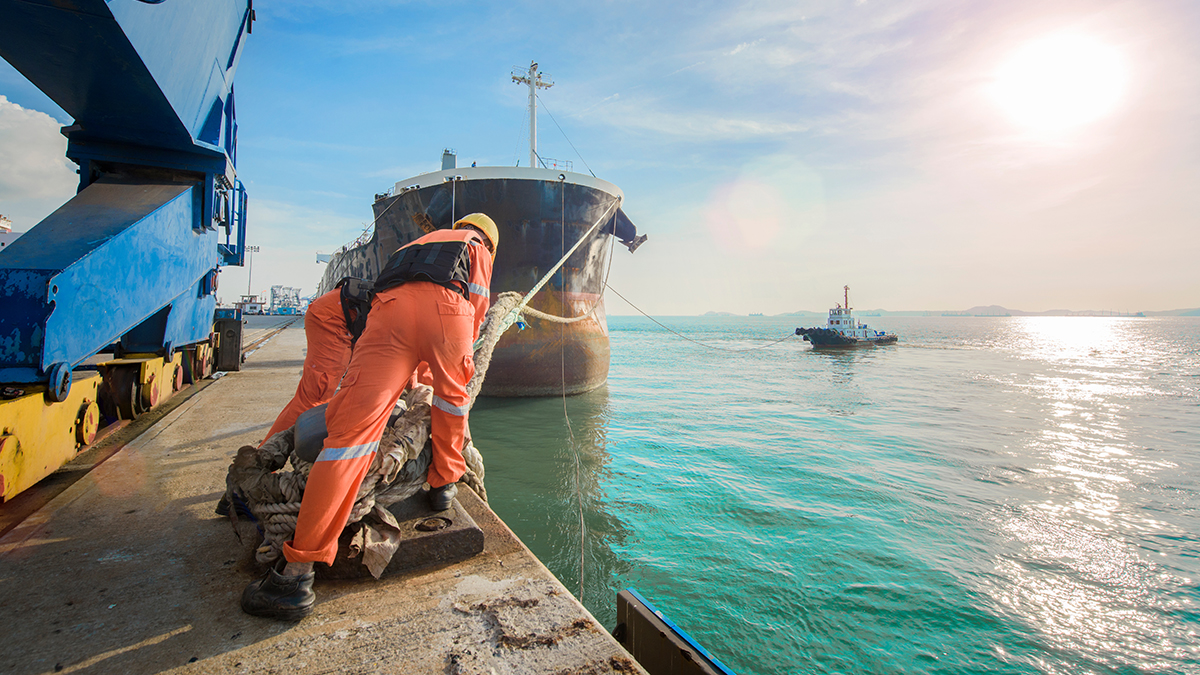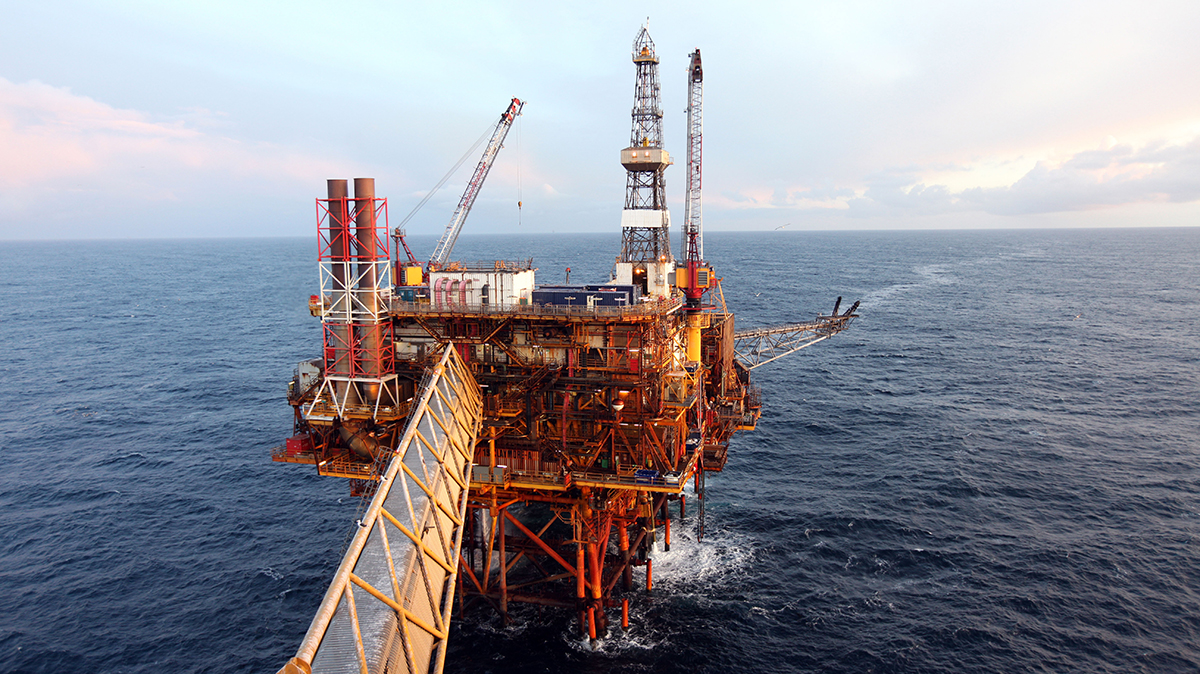Global marine premiums hit all-time high
Overcapacity dogs key classes, while Asia is slowly closing the gap with Europe
Top line for sector pushing $40bn, but rate of growth slowing, Iumi conference hears
Global marine insurance premiums have hit an all-time high of almost $40bn, the International Union of Marine Insurance (Iumi) conference has been told.
The total top line for the niche increased 1.5% in 2024 to reach $39.92bn, according to a presentation given by the organisation’s in-house statistician, Veith Huesmann, at the event in Singapore on September 8.
However, the downside appears to be the rate of growth is slowing down markedly from the 5.9% recorded in 2023 and 8.3% the year before that.
The findings appear consonant with recent brokers’ reports, which have suggested rates are softening in key marine insurance segments including cargo and hull and machinery (H&M).
Cargo hung on to its traditional standing as the biggest class, accounting for 56.7% of all marine premiums, with H&M second on 24.2%. Offshore and energy brought in 10.9% of premiums and marine liability 8.2%.
Factors cited as determining premium trends include global trade activity and transaction levels; fluctuations in asset and commodity valuations; currency movements and exchange rate shifts; political and regional developments impacting stability; and supply-side dynamics including market capacity.
Broken down by region, Europe is still taking the largest slice of the premium pie, although its overall share is falling, in contrast to the growth experienced by the Asia-Pacific market, particularly by Chinese underwriters. Iumi assesses this as a long-term trend and does not predict sudden change.
The largest cargo markets by country are China on 17.6%; Lloyd’s on 9.7%; and the US on 6.9%; Brazil and Germany, both on 4.7%, do slightly better than the London companies market on 4.3%.
Asia was responsible for 60% of 2024 growth and the gap between Asia and Europe is closing.
Cargo loss ratios – incurred losses and adjustment expenses divided by earned premiums – maintained their ongoing downwards trend, falling for the seventh year in succession.
What seems to be happening is without one-off events, attritional losses are at a level that still attracts capital, bringing in both new players and returners. But the resultant overcapacity means increased competition in some markets.
The largest hull markets are the Nordic bloc on 12.9%, China on 11.6%, Lloyd’s on 8.7%, Singapore on 7.9% and London companies on 7.4%.
In contrast to cargo, loss ratios are on the up, with increases in each of the past five years.
Overcapacity led to the first signs of softening markets in 2024, with supply-side dynamics marked by the emergence of more managing general agents and by follow markets.
Rerouting – particularly marked as shipowners give the Red Sea a swerve and head round the Cape of Good Hope instead – has meant more weather damage.
Also exerting pressure are the increased age profile of the world fleet, as more owners opt to delay scrapping, and cost inflation, which is driving constructive total loss probabilities.
The state of protection and indemnity (P&I) is harder to assess, following the introduction of new reporting standards by the International Group of P&I clubs, which mean fixed-premium products are no longer included, making direct past year comparisons impossible.
However, market sources suggested an increase in mutual premiums of more than 3% between the 2023/24 and 2024/25 policy years.
The UK does maintain its dominance of the global offshore energy book, with London companies taking 31.6% and Lloyd’s 30%. Brazil and Mexico come in third and fourth, on 8.1% and 8% respectively. Loss ratios have been falling sharply since 2020.
Iumi highlighted a “significant uptick” in attritional losses, given the high demand and high use rates for offshore vessels. Continuing overcapacity is creating a soft market, with downwards pressure on premiums.
This article first appeared in Lloyd’s List, a sister publication of Insurance Day



